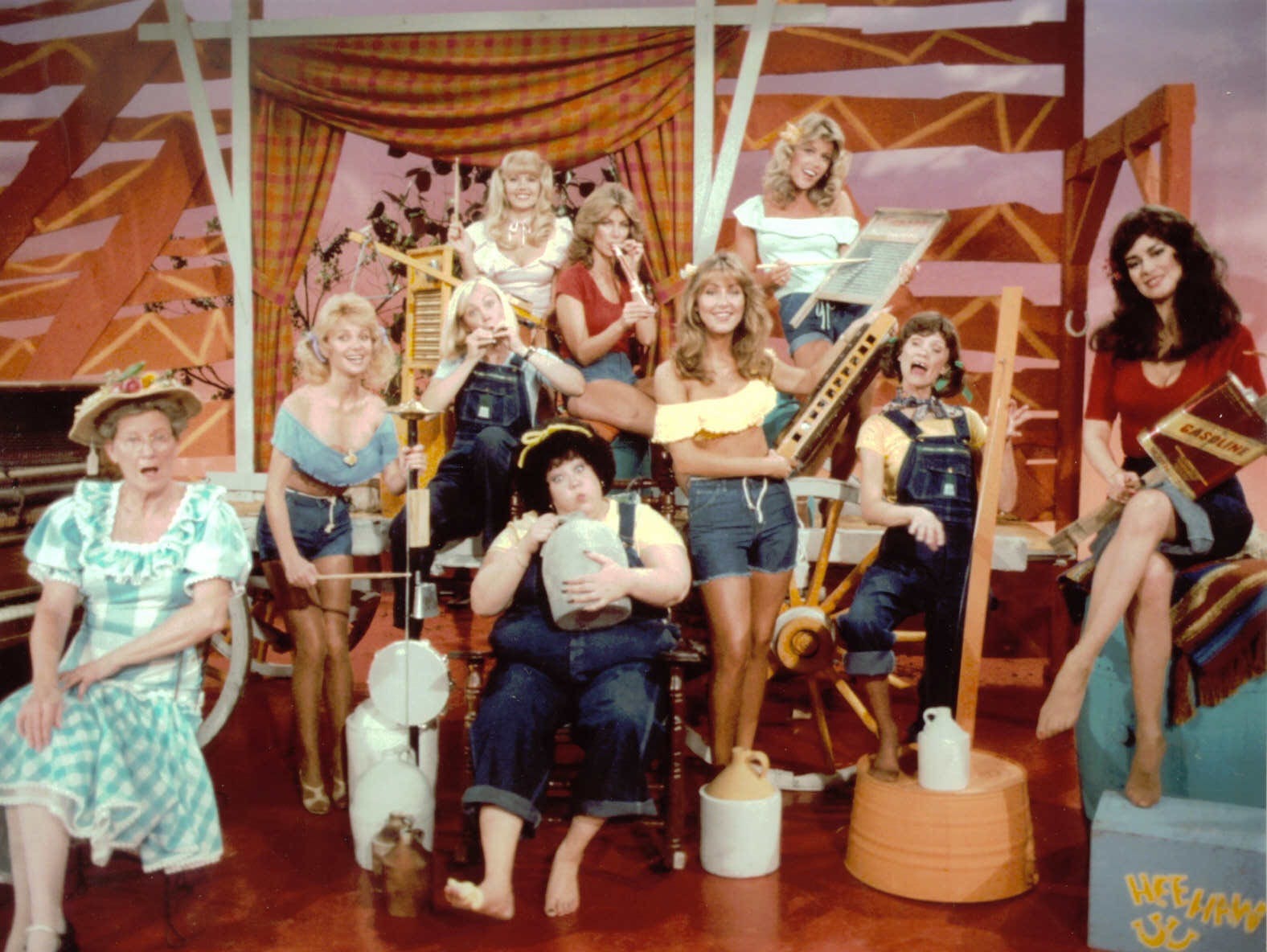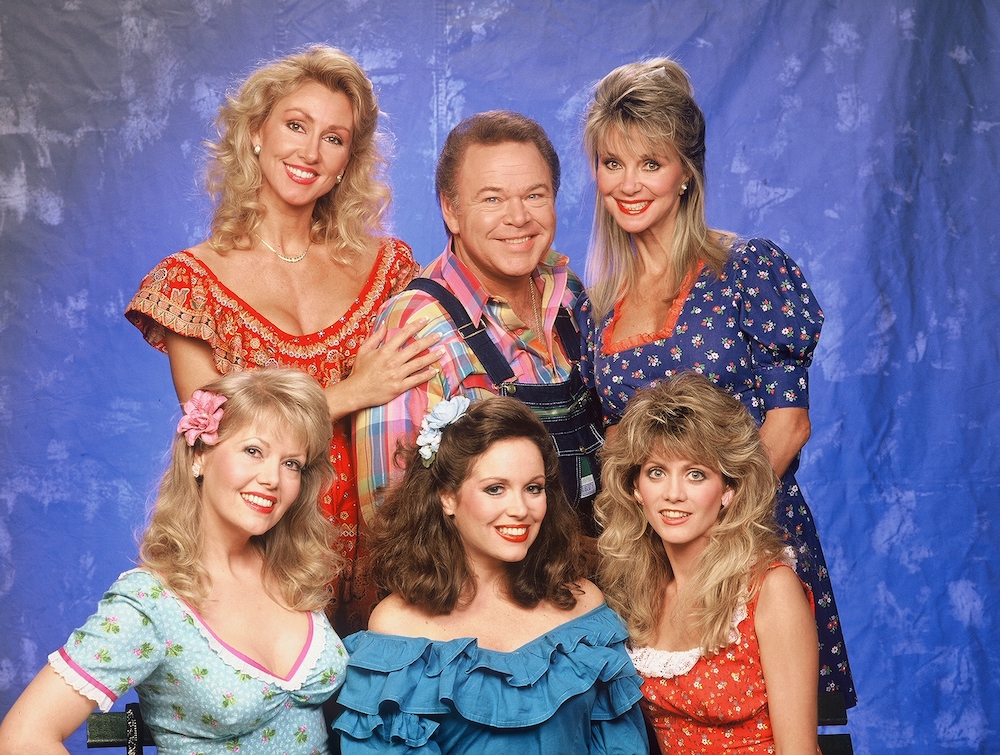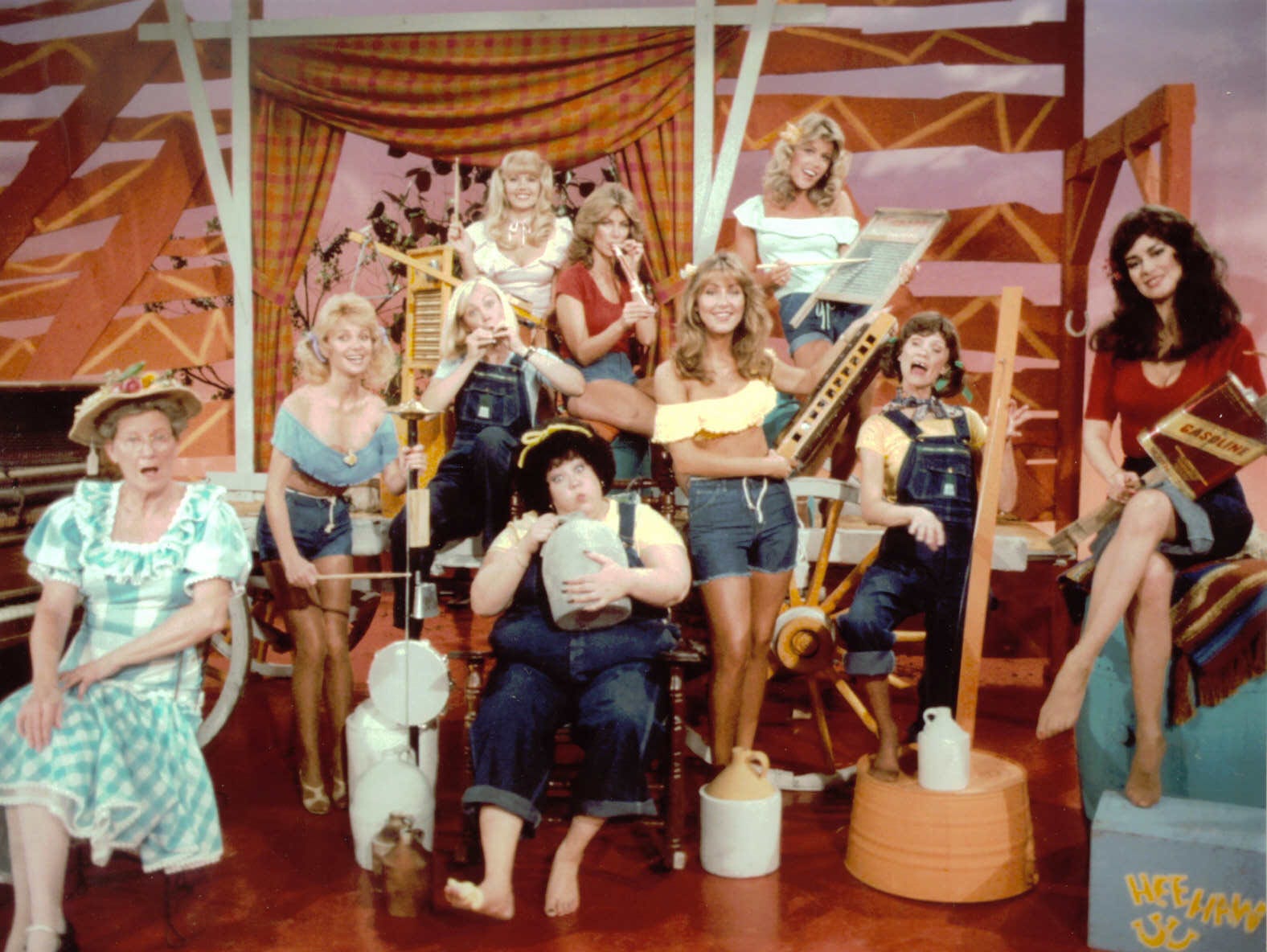
Few television shows have captured the spirit of Americana quite like Hee Haw. Launched in 1969, the variety show blended country music, corny jokes, and rural charm into a uniquely beloved format that connected generations of viewers. Today, revisiting an unedited scene from Hee Haw offers not just entertainment but a powerful reminder of why authenticity remains timeless in a highly polished media landscape.
Hee Haw: A Celebration of Rural America
Created by Frank Peppiatt and John Aylesworth, Hee Haw was originally designed as a country-themed counterpart to Rowan & Martin’s Laugh-In, another popular comedy show of the era【source: Encyclopedia of Television, Museum of Broadcast Communications】. Featuring legendary performers like Roy Clark, Buck Owens, Minnie Pearl, and Archie Campbell, the show quickly became a staple of American television, particularly among rural audiences.

The Charm of an Unedited Hee Haw Scene
The unedited scenes of Hee Haw capture a type of television that feels increasingly rare. One particular clip—unchanged and untouched by modern editing techniques—perfectly showcases the series’ enduring appeal. What makes it so special?
- Spontaneous Laughter: The cast’s unscripted interactions and genuine laughter remind viewers that the fun was real. Unlike today’s heavily produced shows, moments of imperfection were welcomed rather than edited out.
- Simple, Relatable Humor: From classic “Kornfield Jokes” to silly musical skits, the humor was light-hearted and universally accessible, celebrating the everyday experiences of rural life without cynicism or irony.
- Genuine Connection: Performers weren’t playing characters; they were often playing themselves. The sincerity between the cast members created an inviting atmosphere that drew families together every week.
These elements combined to create a show that wasn’t just about entertainment—it was about community, shared laughter, and a reflection of American values【source: Library of American Broadcasting】.

Cultural Significance: Why Hee Haw Still Matters
Hee Haw holds a special place in American television history because it celebrated a segment of society often overlooked by mainstream media. Its impact is culturally significant for several reasons:
- Representation of Rural Voices: In a television landscape dominated by urban-centric shows, Hee Haw provided a platform where rural traditions, dialects, and humor were not only featured but celebrated.
- Musical Contributions: The show also served as a showcase for country music legends such as Loretta Lynn, Dolly Parton, Johnny Cash, and Tammy Wynette. Many young viewers were introduced to classic country music through Hee Haw【source: Country Music Hall of Fame and Museum】.
- Family Entertainment: At a time when television was often a shared family activity, Hee Haw offered clean, multigenerational content that parents, children, and grandparents could enjoy together.
The unedited scenes serve as a reminder that television once prioritized community over spectacle—a principle still worth remembering today.

The Appeal to New and Veteran Fans Alike
For those who grew up with Hee Haw, watching an uncut scene feels like stepping back into a simpler, kinder world. For newer audiences, it provides a rare glimpse into what made classic television so memorable.
Younger generations discovering Hee Haw through reruns or streaming platforms find themselves drawn to the authenticity that stands in stark contrast to today’s hyper-curated content. The show’s legacy continues to inspire admiration for its genuine approach to humor, music, and community spirit【source: PBS American Experience】.

The Timeless Value of Authenticity
In today’s media environment—where production values are often prioritized over emotional connection—Hee Haw reminds us that sincerity resonates deeper than polish. The power of an unedited scene lies not in perfection but in capturing real moments: unscripted laughter, minor mistakes, and the feeling that viewers were part of something shared and special.
According to the Pew Research Center, audiences increasingly value authenticity in media, with younger viewers especially gravitating toward content that feels “real” rather than overly produced【source: Pew Research Center】. This growing trend further explains why Hee Haw maintains a dedicated following decades after it first aired.

Conclusion: A Snapshot of Genuine Joy
The unedited Hee Haw scene is much more than a nostalgic video clip. It is a time capsule that offers a vivid reminder of a period when entertainment was grounded in simplicity, authenticity, and shared experience.
Whether you grew up watching Roy Clark pluck his banjo or are discovering the show for the first time, the magic of Hee Haw endures. It teaches us that the greatest moments in life—and in entertainment—come not from perfection, but from the genuine, spontaneous connections we share with one another.
Sources:
- Encyclopedia of Television – Museum of Broadcast Communications
- Smithsonian Magazine – Rural America on Television
- Library of American Broadcasting – Hee Haw Historical Overview
- Country Music Hall of Fame – Hee Haw’s Musical Impact
- PBS American Experience – History of American Television
- Pew Research Center – Trends in Media Consumption